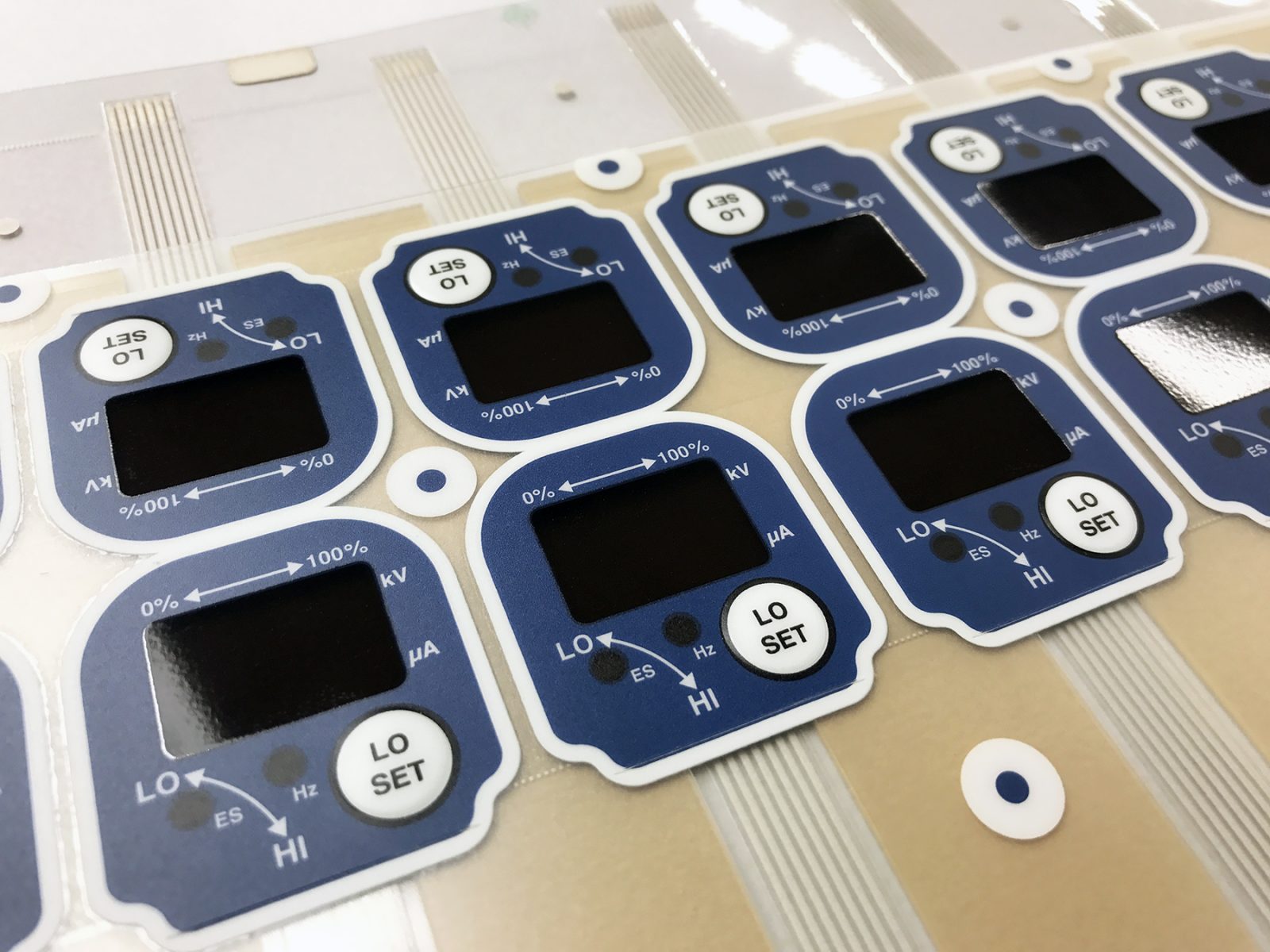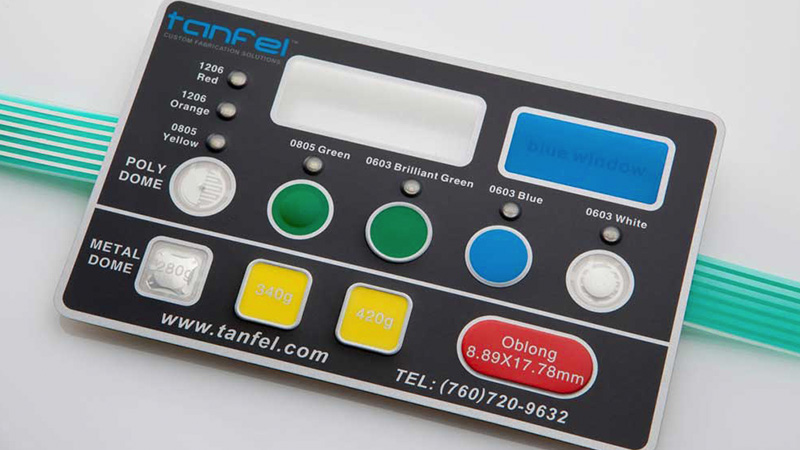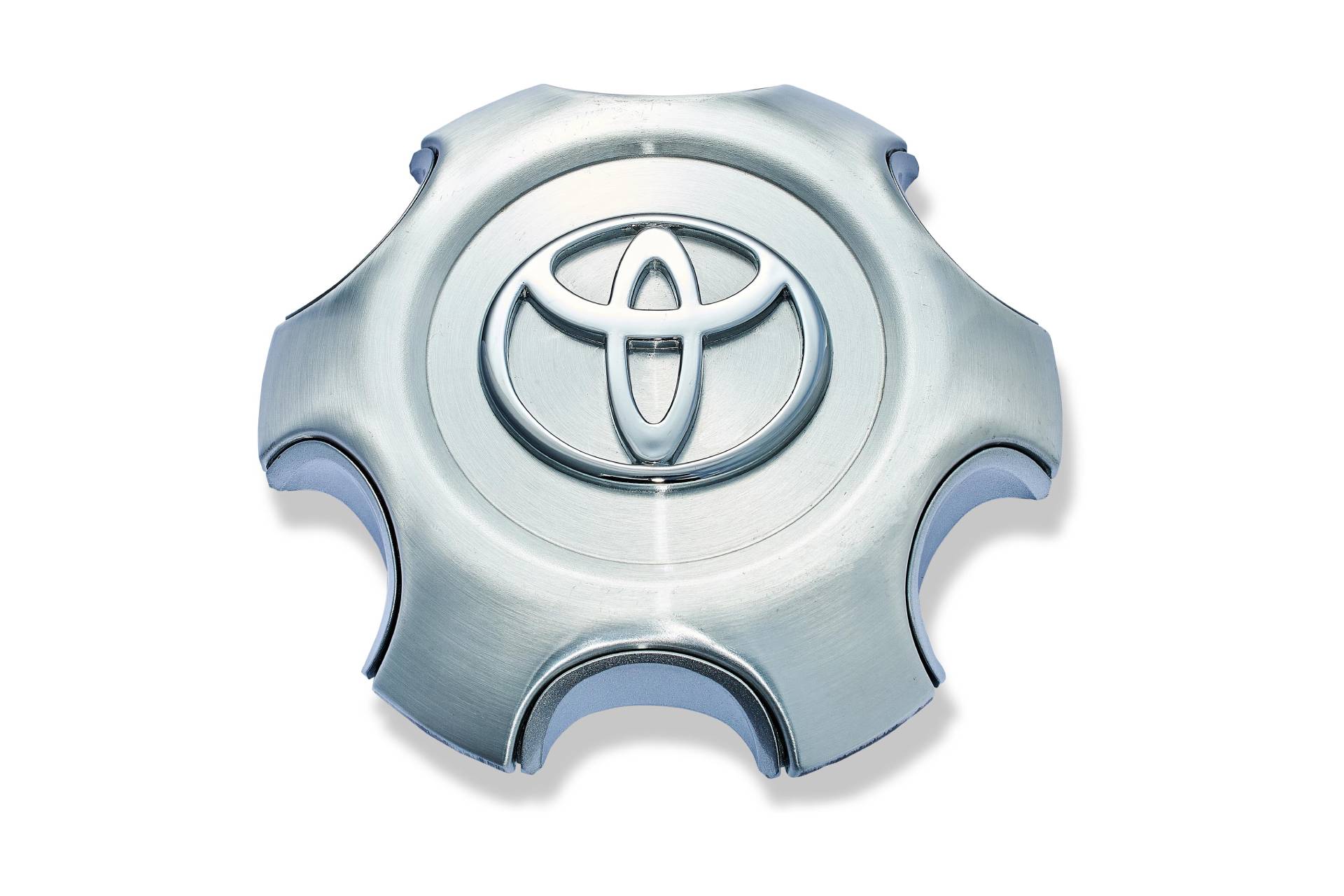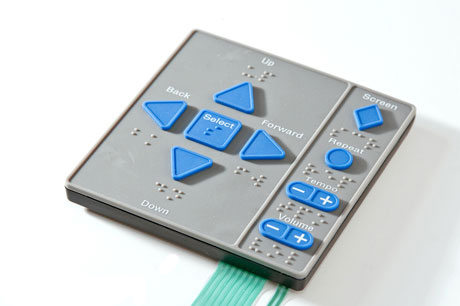The Benefits of Using Membrane Switches in Modern Electronics
The Benefits of Using Membrane Switches in Modern Electronics
Blog Article
Comprehending the Relevance of Membrane Switches in User User Interfaces
Membrane buttons are important components in the layout of efficient interface, assisting in not just performance but additionally enhancing visual appeal and customer interaction. Their one-of-a-kind features, such as resistance to ecological elements and personalized styles, make them ideal for a diverse variety of applications across several markets. As we discover the various benefits and future trends connected with Membrane innovation, it comes to be clear that these switches are a lot more than simply components; they stand for a convergence of innovation and practicality. The ramifications of this technology on individual experience deserve examining even more.
What Are Membrane Switches?

The spacer layer, which has glue buildings, permits for the splitting up of the circuit layer from the overlay, making sure that the switch remains in a non-activated state till pushed. When pressure is put on the overlay, it presses the spacer layer, connecting the gap and completing the circuit in the underlying layer. This style not only reduces the physical space needed for conventional mechanical switches yet likewise enhances the durability of the tool, as Membrane switches are usually immune to dust, dampness, and other ecological aspects.
Typically located in applications varying from consumer electronic devices to medical devices, Membrane switches are important to modern innovation, offering a user-friendly and reliable interface that straightens with contemporary layout demands.
Benefits of Membrane Buttons
While various button technologies exist, Membrane Switches offer distinctive advantages that make them especially preferable in different applications. Among the primary benefits of Membrane switches is their small layout, which enables space-saving applications in gadgets where realty is restricted. Their thin account not just enhances visual charm but likewise promotes lightweight building and construction.
Another considerable benefit is their resistance to ecological elements. Membrane buttons are usually secured against moisture, dust, and impurities, making them ideal for use popular atmospheres, such as clinical tools and industrial equipment. This sturdiness expands the life-span of the switch, decreasing maintenance expenses and boosting integrity.
Moreover, Membrane buttons can be customized to meet particular style demands, including one-of-a-kind graphics and shades that boost user interaction. Their tactile responses alternatives can also be tailored to provide a satisfying user experience. Additionally, Membrane buttons are cost-effective, particularly in high-volume applications, as they can be produced efficiently.
Applications in Various Industries

In the customer electronics sector, Membrane switches are widespread in gadgets such as microwaves, washing equipments, and push-button controls. Their tactile responses and aesthetic alternatives improve user experience while giving a smooth, modern-day look. Additionally, vehicle producers make use of Membrane buttons in dashboard controls and infomercial systems, where room is restricted, and user interaction is crucial.
In addition, the industrial market leverages Membrane switches in control panels for equipment and equipment, permitting for intuitive procedure in often rough atmospheres. Their resistance to chemicals and dampness ensures long life and reliability in these applications. On the whole, the versatility of Membrane Switches contributes substantially to their extensive use, making them vital in numerous technological domain names.
Layout Considerations for Membrane Switches

When designing Membrane switches, a number of crucial considerations should be thought about to make certain optimum functionality and user experience. Firstly, the option of materials is important; picking sturdy, high-quality substrates can boost the switch's longevity and resistance to environmental factors such as reference moisture and temperature fluctuations.
Second of all, the style of the graphic overlay ought to prioritize clarity and convenience of usage. Symbols and text should be clear, and the layout should promote instinctive communication (membrane switches). Furthermore, tactile responses is More hints necessary; integrating a tactile dome or various other devices can improve the user experience by providing physical verification of activation
One more essential factor is the button's electrical efficiency. Designers must make certain that the conductive traces are appropriately developed to decrease resistance and prevent signal interference. This involves analyzing the needed actuation force and making certain compatibility with the electronic components they will certainly interface with.

Future Trends in Membrane Modern Technology
As innovation proceeds to advancement, Membrane switches are positioned to evolve substantially, driven by innovations in materials and producing techniques. One emerging fad is the incorporation of sophisticated materials, such as flexible substrates and conductive inks, which boost sturdiness and lower the overall weight of Membrane buttons. These products not just improve the tactile action yet also permit the style of buttons that can withstand harsher environmental problems.
In addition, the integration of touch-sensitive innovations is transforming standard Membrane Switches right into more interactive interface. Capacitive touch sensors embedded within Membrane switch panels can supply an extra receptive and instinctive user experience, lining up with the growing demand for smooth, contemporary layouts in customer electronic devices.
In addition, advancements in printing methods, such as digital and 3D printing, allow fast prototyping and personalization of Membrane switches. This versatility allows producers to respond faster to market demands and consumer preferences.
Lastly, sustainability is becoming a significant emphasis, with suppliers discovering eco-friendly materials and procedures. As these fads unfold, the future of Membrane technology assures boosted capability, aesthetic appeal, and environmental duty, strengthening their function in sophisticated interface throughout numerous markets.
Conclusion
In final thought, Membrane Switches represent a crucial component in the style of individual interfaces, combining functionality with visual flexibility. As innovations in modern technology proceed, the development of Membrane buttons is expected to more refine individual interfaces, driving innovation and improving use in a progressively intricate technological landscape.
Membrane switches are indispensable elements in the layout of efficient customer interfaces, facilitating not only performance yet likewise enhancing visual charm and customer communication.Membrane Switches offer as an important part in different individual interfaces, promoting a seamless interaction between individuals and digital tools.While countless button technologies exist, Membrane Switches deal unique benefits that make them specifically preferable in numerous applications.Moreover, Membrane switches can be customized helpful hints to meet particular style demands, integrating special graphics and colors that enhance customer communication.In verdict, Membrane Switches stand for a crucial element in the style of individual interfaces, integrating performance with aesthetic flexibility.
Report this page